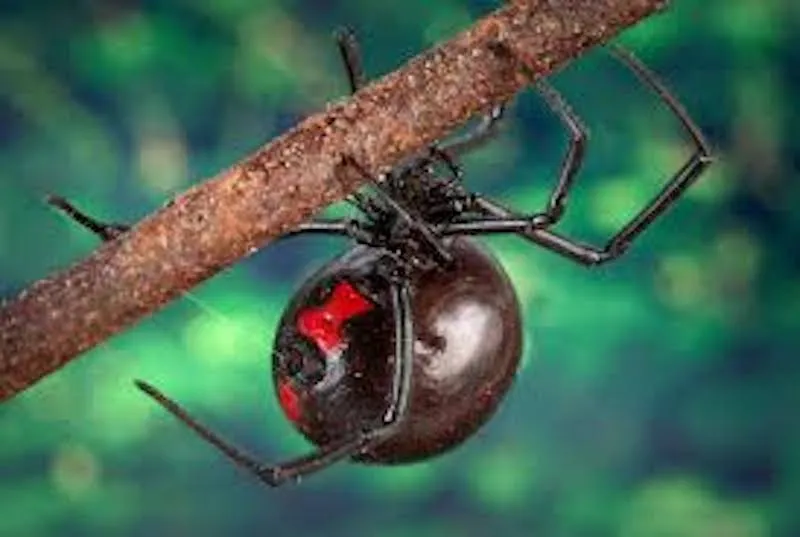Tarantula vs Black Widow Spider: The Showdown
The natural world is filled with incredible battles, and few are as captivating as the potential clash between a tarantula and a black widow spider. These two arachnids, both formidable predators in their own right, possess unique characteristics that make their hypothetical encounter a fascinating subject of debate. This article will delve into the specifics of each creature, analyzing their strengths and weaknesses to determine which one would likely emerge victorious in a face-off. Prepare for an in-depth exploration of size, venom, behavior, and environment as we break down the factors that could decide the ultimate outcome of this epic battle. This comparison highlights the survival strategies of both species and offers insights into their adaptations to thrive in the wild.
Understanding the Tarantula
Tarantulas, members of the Theraphosidae family, are among the largest spiders in the world. These hairy, imposing creatures are found in various habitats, from tropical rainforests to arid deserts. Their size alone gives them an advantage in many situations, but their biology is far more complex than just their physical presence. They are ambush predators, typically nocturnal, and rely on their fangs and potent venom to subdue prey, which can range from insects to small vertebrates. Their size and build also offer some protection against predators and the elements.
Physical Characteristics of Tarantulas
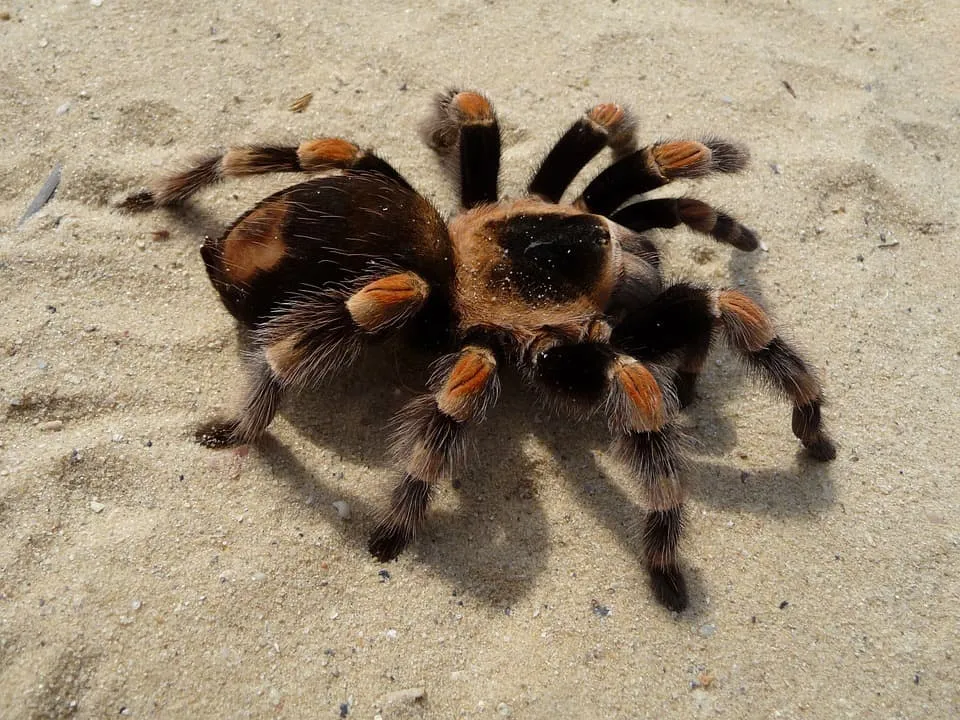
Tarantulas are characterized by their large size, ranging from a leg span of a few inches to over a foot in some species. Their bodies are covered in hairs, which serve various functions, including sensory perception and defense. Some tarantulas have urticating hairs, which they can flick at perceived threats, causing intense irritation. Their powerful fangs are used to inject venom, and they possess strong chelicerae for crushing prey. Their color varies depending on the species, from earthy browns and blacks to vibrant blues and oranges. Their robust bodies reflect a predatory lifestyle.
Tarantula Behavior and Hunting Strategies
Tarantulas are primarily ambush predators. They often wait in burrows or concealed locations, ready to pounce on unsuspecting prey. Their hunting strategies involve a combination of patience and precision. They use sensory hairs to detect vibrations in the ground, alerting them to the presence of potential meals. Once prey is within striking distance, they launch a rapid attack, using their fangs to inject venom. They then use their chelicerae to crush the prey. They also have a unique defense mechanism called urticating hairs that they kick in the direction of threat to deter predators.
Tarantula Venom Potency
Tarantula venom is typically not considered highly dangerous to humans, although the effects can vary depending on the species and individual sensitivity. The venom is primarily used to subdue prey, containing a cocktail of enzymes and toxins that paralyze the victim. While a tarantula bite can be painful, causing localized pain, swelling, and muscle cramps, it is rarely life-threatening to healthy adults. The venom potency of tarantulas is generally lower compared to many other spiders. They use their venom to incapacitate their prey for feeding, rather than as a primary defense against larger predators.
Understanding the Black Widow Spider
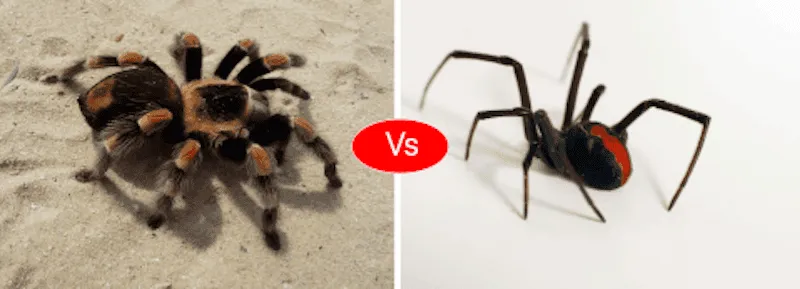
The black widow spider, belonging to the genus Latrodectus, is infamous for its potent venom and distinctive appearance. These spiders are found worldwide, and their bite can be dangerous to humans. Unlike tarantulas, black widows are relatively small, but their venom packs a powerful punch. They build messy, irregular webs in sheltered locations and rely on stealth and venom to capture prey. Their reproductive strategy also contributes to their notoriety, as females sometimes eat the males after mating.
Physical Characteristics of Black Widow Spiders
Black widow spiders are easily recognizable by their glossy black bodies and the characteristic red hourglass marking on the underside of their abdomen. Females are significantly larger than males, with body lengths reaching up to half an inch. Males are smaller and less venomous, often with lighter coloration and different markings. Their webs are irregular and usually built close to the ground. They have relatively small fangs compared to tarantulas, but they are effective in delivering their potent venom. Their compact size allows them to hide in tight spaces.
Black Widow Behavior and Hunting Strategies
Black widows are ambush predators that rely on their webs to trap prey. They construct tangled webs in sheltered locations, such as under rocks, in woodpiles, or in garages. When an insect or other small creature gets caught in the web, the spider quickly rushes out, immobilizing its victim with a bite. Black widows also have a unique hunting strategy. They wrap their prey in silk, injecting venom through their fangs and waiting for the venom to take effect. Once the prey is subdued, they feed on the liquefied insides. They are stealth hunters, relying on their venom to quickly dispatch their prey.
Black Widow Venom Potency

Black widow venom is known to be highly potent, containing a complex mixture of neurotoxins that affect the nervous system. Their venom causes a condition called latrodectism, which can cause severe muscle cramps, abdominal pain, nausea, and increased blood pressure. The bite of a black widow can be dangerous to humans, particularly children, the elderly, or individuals with underlying health conditions. The venom is much more potent than that of a tarantula, and it can cause serious medical complications if not treated promptly. The venom’s impact relies on the spider’s tiny size and potent venom delivery.
Tarantula vs Black Widow Spider: The Battle
A direct confrontation between a tarantula and a black widow spider would be a clash of very different strategies and physical attributes. Analyzing the outcome requires considering several key factors, including the size difference, venom toxicity, hunting behavior, and the environment in which the battle takes place. Each of these elements significantly influences the likelihood of victory for either combatant. The environment often dictates whether the tarantula or the black widow has the advantage.
Factors Influencing the Outcome
Size and Strength Comparison
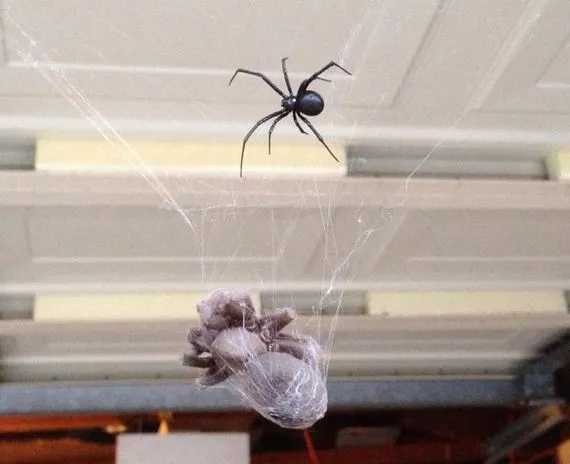
The size difference between a tarantula and a black widow is a significant factor. Tarantulas are substantially larger and stronger, giving them a considerable advantage in a physical confrontation. Their size allows them to overpower and crush smaller prey, and they have more robust bodies, making them less susceptible to attacks. Black widows, being smaller, are at a significant disadvantage in terms of sheer physical strength. However, their size allows them to maneuver quickly and possibly evade a tarantula’s initial attacks.
Venom Toxicity Comparison
The venom of the black widow is significantly more potent than that of a tarantula. While tarantula venom is primarily designed to immobilize prey, it’s not highly toxic to humans. Black widow venom contains neurotoxins that can cause severe effects in humans and is far more effective at quickly subduing victims. If a black widow could successfully inject its venom into a vulnerable area of a tarantula, it could potentially neutralize the larger spider. The toxicity of the black widow’s venom is its key weapon.
Hunting and Defensive Strategies Comparison
Tarantulas rely on their size, strength, and urticating hairs for defense, along with their venom. They often ambush prey, but they are also capable of defending themselves. Black widows rely on their stealth, web-building abilities, and potent venom. Their primary defense is their ability to hide and deliver a quick, venomous bite. The tarantula’s defense includes flicking irritating hairs and delivering a venomous bite, but it lacks the black widow’s venom strength. The environment also plays a significant role, as the black widow’s web can be a trap.
Habitat and Environmental Factors

The environment plays a crucial role in determining the outcome. If the encounter occurs in an open area, the tarantula’s size and strength would likely give it an advantage. In a confined space or near a black widow’s web, the black widow might have a better chance to ambush the tarantula. The presence of obstacles or suitable hiding places can also influence the fight. The habitat conditions also influence the overall health and agility of both arachnids. The location of the fight plays a significant part.
Who Would Win? The Verdict
Predicting the outcome of a tarantula versus black widow spider battle is complex and depends on the specifics of the encounter. Considering the factors discussed above, it’s possible to outline the most likely scenarios and determine which spider has the greater probability of victory. Although a definitive answer is impossible due to the variable of a real-world setting, the weight of evidence leans toward the larger and stronger tarantula.
Factors in determining the Winner
Numerous factors influence the outcome. The environment, the size of the tarantula and the black widow, and the health of both spiders play a crucial role in determining the victor. The effectiveness of the spiders’ hunting and defense strategies also comes into play. These factors are the key to the success in their battle. The winner ultimately depends on these factors.
Likely Scenario 1
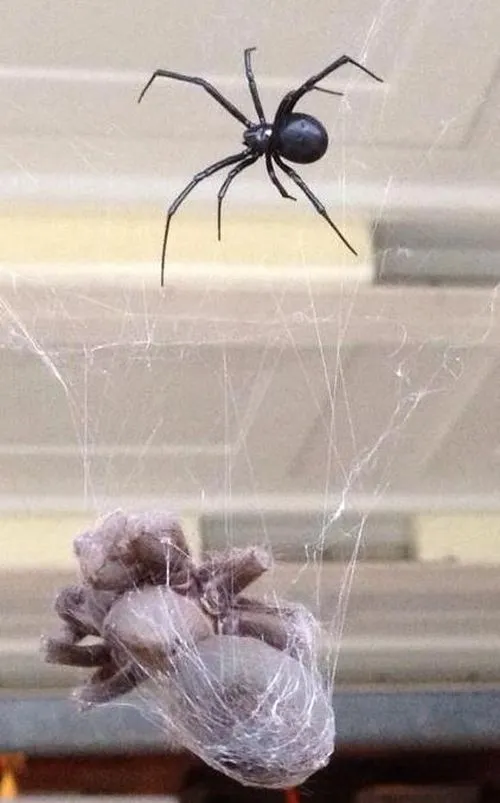
In an open environment, the tarantula’s size and strength would be a decisive advantage. The tarantula could overpower the black widow, crushing it with its strong chelicerae or delivering a bite that quickly incapacitates the smaller spider. Even if the black widow managed to bite the tarantula, the tarantula’s larger size and slower metabolism might allow it to withstand the effects of the venom long enough to eliminate the black widow. The tarantula’s physical advantages give it a significant advantage.
Likely Scenario 2
If the encounter takes place in a confined space or near a black widow’s web, the black widow could have a greater chance. The black widow could attempt to ambush the tarantula, delivering a venomous bite before the tarantula can react. If the black widow bites the tarantula, its venom could cause paralysis and allow the black widow to overcome the larger spider. However, this scenario is less probable due to the tarantula’s size and potential to quickly eliminate the black widow. The key to the black widow’s success would be a successful bite.
The Winner
Based on the factors outlined above, the tarantula would likely be the winner of the battle. Its size, strength, and overall hunting strategy provide a substantial advantage over the black widow. The black widow’s potent venom is a threat, but the tarantula’s physical attributes make it more likely to survive a bite and neutralize the smaller spider. The tarantula’s size and strength are the key to its victory. While a black widow may have a chance in a carefully orchestrated scenario, the tarantula is more likely to emerge victorious. The tarantula’s larger size and more robust defenses increase the chances of a win.
